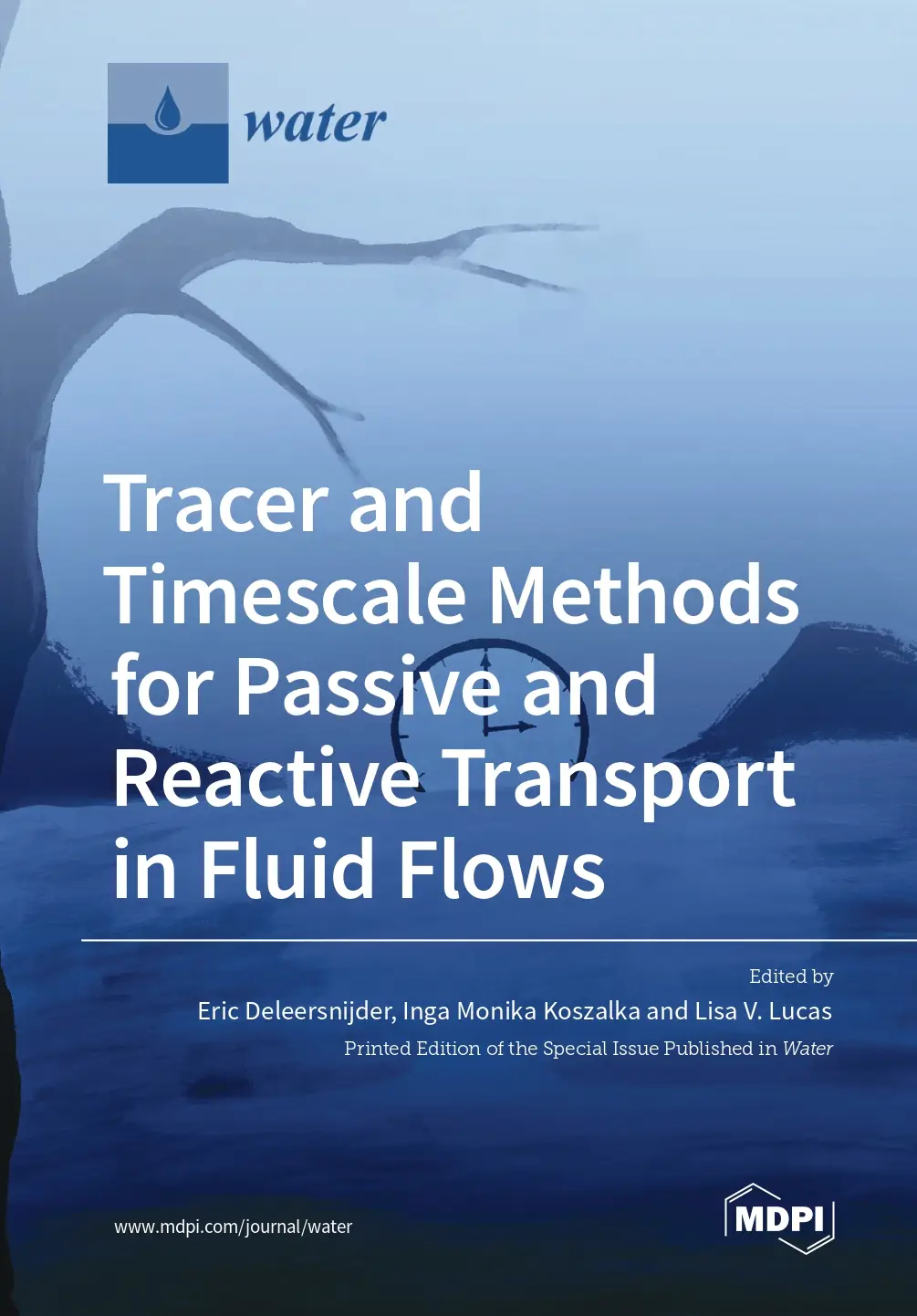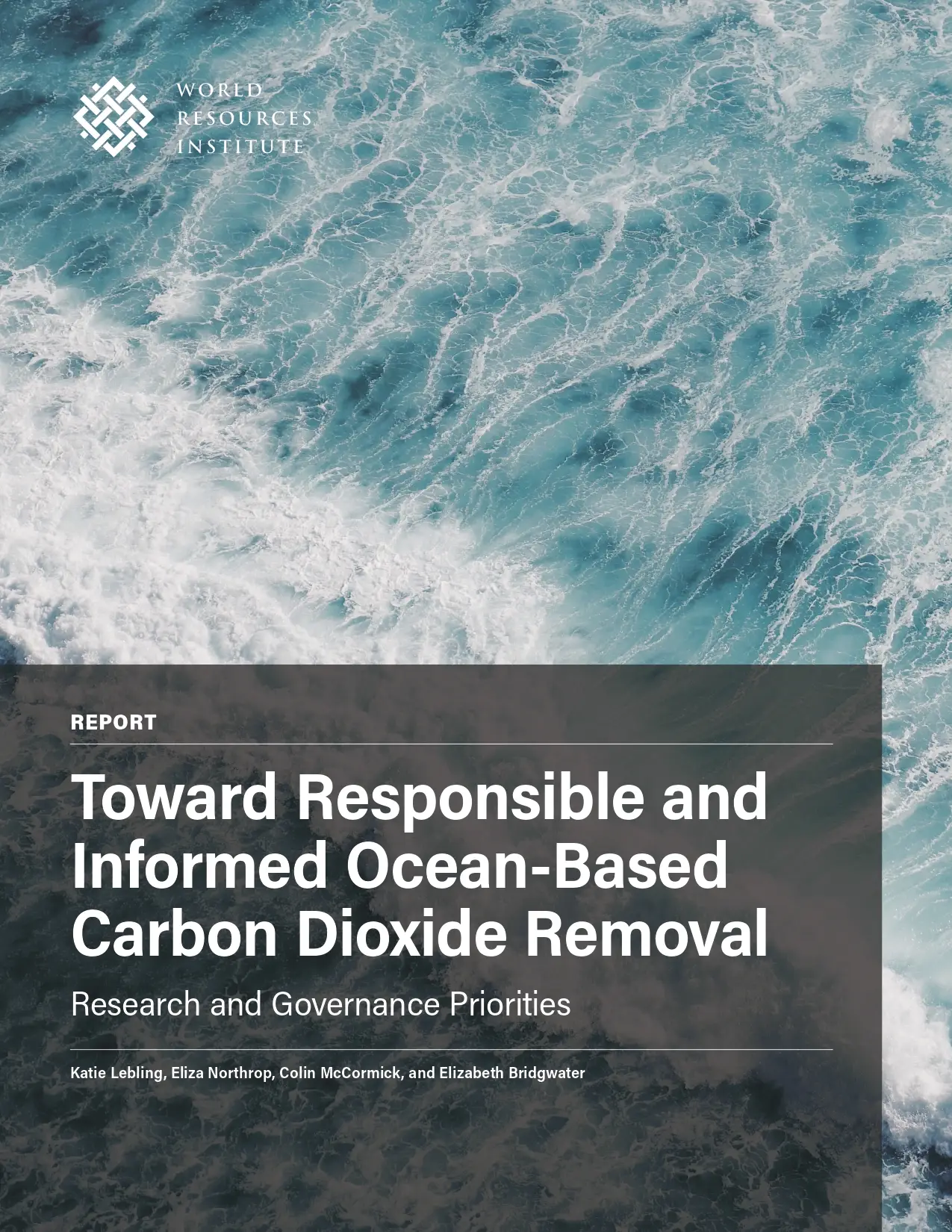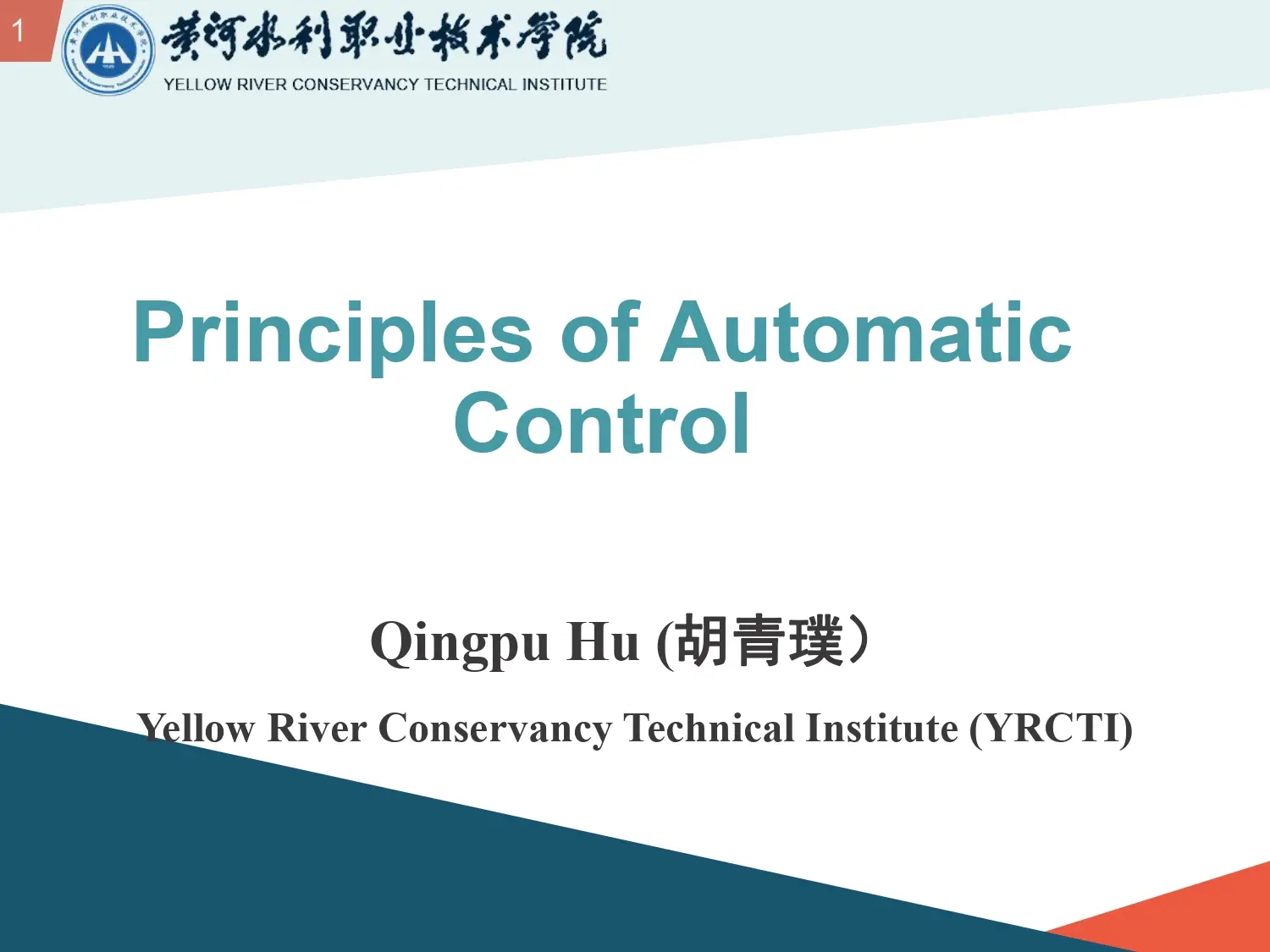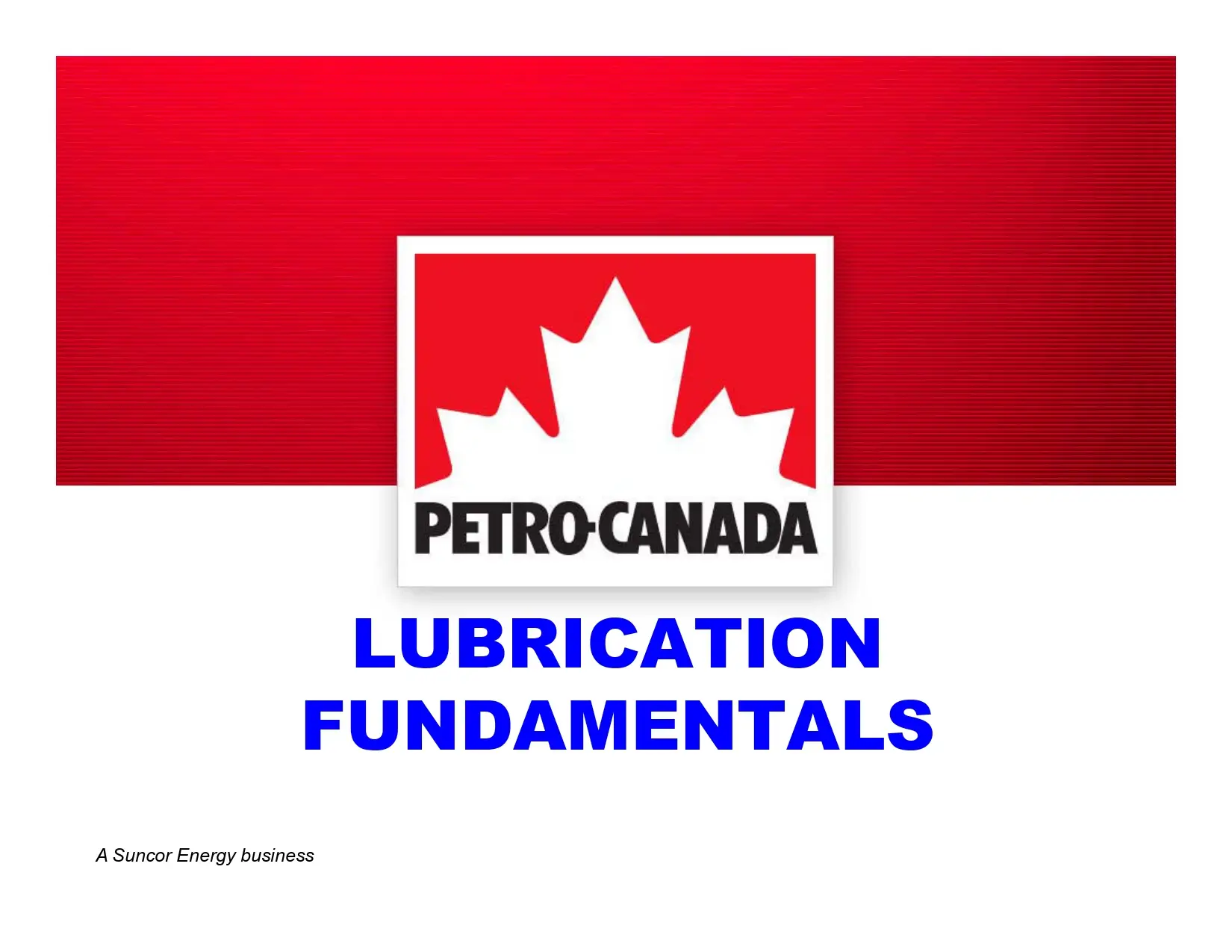Tracer and Timescale Methods for Passive and Reactive Transport in Fluid Flows
Timescales and tracer-based methods have been recognized to be powerful approaches to gain quantitative insight into the underlying physical and biochemical processes in oceanography, limnology, and marine science, and have widely been used to interpret field observations and numerical model results. The concept of timescales has been instrumental to understanding the complex hydrodynamics and transport processes of reactive biochemical substances in surface waters since Bolin and Rodhe introduced timescales of age, transit time, and turnover time in 1973. In 1976, Zimmerman applied the timescale concept to the DutchWadden Sea and introduced ‘residence time’ to deal with moving individual particles for a spatially varying situation. Takeoka further studied residence time in 1984 under the same framework as Bolin and Rodhe.
Tracer and Timescale Methods for Passive and Reactive Transport in Fluid Flows
Timescales and tracer-based methods have been recognized to be powerful approaches to gain quantitative insight into the underlying physical and biochemical processes in oceanography, limnology, and marine science, and have widely been used to interpret field observations and numerical model results. The concept of timescales has been instrumental to understanding the complex hydrodynamics and transport processes of reactive biochemical substances in surface waters since Bolin and Rodhe introduced timescales of age, transit time, and turnover time in 1973. In 1976, Zimmerman applied the timescale concept to the DutchWadden Sea and introduced ‘residence time’ to deal with moving individual particles for a spatially varying situation. Takeoka further studied residence time in 1984 under the same framework as Bolin and Rodhe.
Toward Responsible and Informed Ocean-Based Carbon Dioxide Removal
Executive Summary
Ocean carbon dioxide removal approaches have been gaining prominence in international and national climate policy. Yet many of these
approaches remain untested with significant scientific gaps and risks to the marine environment and coastal communities. Striking the right balance between the urgency of emission reductions and using appropriate ocean carbon dioxide removal approaches without causing further harm to ocean systems, ecosystems, and coastal communities will require an iterative and adaptive approach that
prioritizes responsible and informed development.
Toward Responsible and Informed Ocean-Based Carbon Dioxide Removal
Executive Summary
Ocean carbon dioxide removal approaches have been gaining prominence in international and national climate policy. Yet many of these
approaches remain untested with significant scientific gaps and risks to the marine environment and coastal communities. Striking the right balance between the urgency of emission reductions and using appropriate ocean carbon dioxide removal approaches without causing further harm to ocean systems, ecosystems, and coastal communities will require an iterative and adaptive approach that
prioritizes responsible and informed development.










